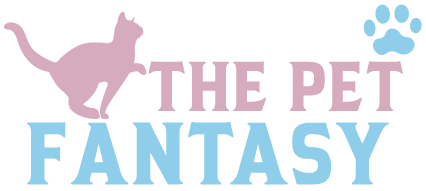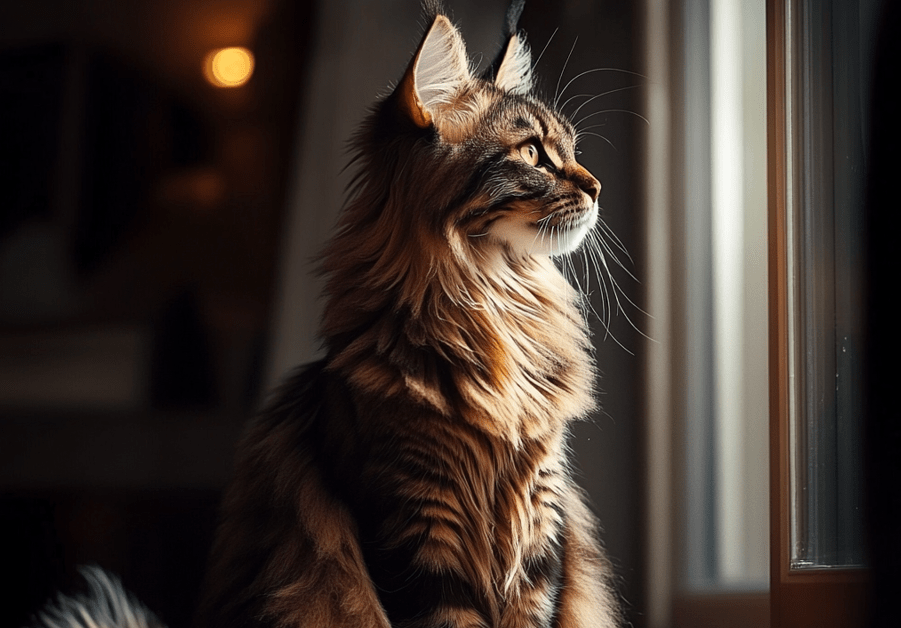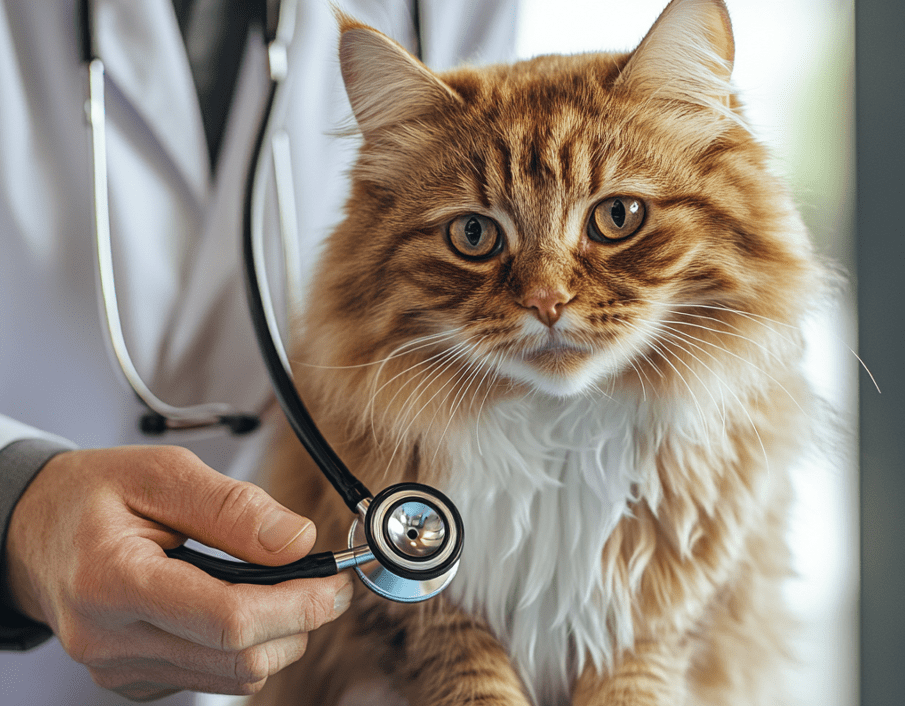
When it comes to majestic and affectionate felines, the Maine Coon vs. Norwegian Forest Cat comparison is often at the forefront of many cat enthusiasts’ minds. These breeds gain their fame from their significant dimensions and elegant extended fur lengths, which lead others to mistake one for the other. Despite sharing characteristics between the breeds, these cat species exhibit clear variations in appearance and character traits. Maine Coons keep their distinctive boxy facial shape combined with high levels of energy, while Norwegian Forest Cats present triangular head forms along with calm attitudes. Let’s dive into the differences—
Breed History and Origins
The Norwegian Forest cat originates from Scandinavia, as its distinctive name indicates. Semi-longhair cats born in the Middle East serve as the most probable originators of Norwegian breeds. The Middle Age Vikings transported these cats through their boats to Scandinavia when they arrived as mousers.
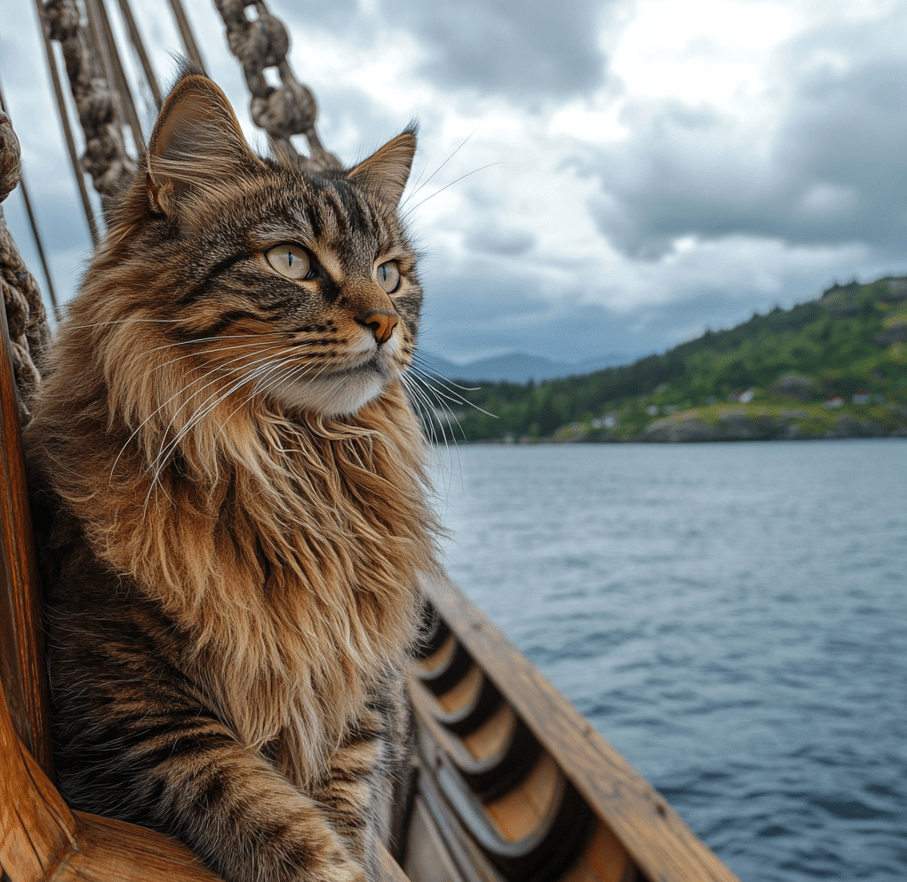
Numerous centuries allowed such cats to develop powerful bodies and dense coats because of Norway’s harsh conditions. Skogkatt was the name given to this breed, which connects to Norwegian mythology by depicting goddess Freya traveling with longhaired cats pulling her chariot.
The Norwegian Forest cat went close to disappearing in the 20th century until breeding plans initiated in the 1930s preserved its existence. World War II caused the interruption of the preservation plans for these cats. The breed returned during the 1960s and received acknowledgment by official associations in the 1970s before King Olaf established the Norwegian Forest Cat as the national feline symbol of Norway.
The origin of Maine Coon cats can be inferred from their identifying name. The heritage of this feline type comes from Maine, which is situated in the United States. Theories exist about the origins of these felines in the Maine geographical region. According to historical belief, the forbears of the Maine Coon were brought with Viking boats during the 11th century, making them related to or directly descended from Norwegian cats.
The passage of European seafarers and their 18th-century boats brings another possibility of origin for Maine Coons.
Maine Coon breed development started at the end of the 19th century because of the Maine state farmers who took pride in their cats. The breed became forgotten at a time when the Persian and Siamese cats received higher popularity before people rediscovered it in the 1950s. ACFA recognized the Maine Coon breed when it experienced its second wave of popularity during the 1960s. The Maine Coon stands as the state-specific cat representing Maine.
Two cat breeds share essential historical points since both have natural origins as rustic longhaired cats. The discovery of shared ancestors probably accounts for why these two breeds share physical traits with each other.
Physical Appearance Distinctions
Let’s explore major physical traits that define these two breeds after their overview assessment.
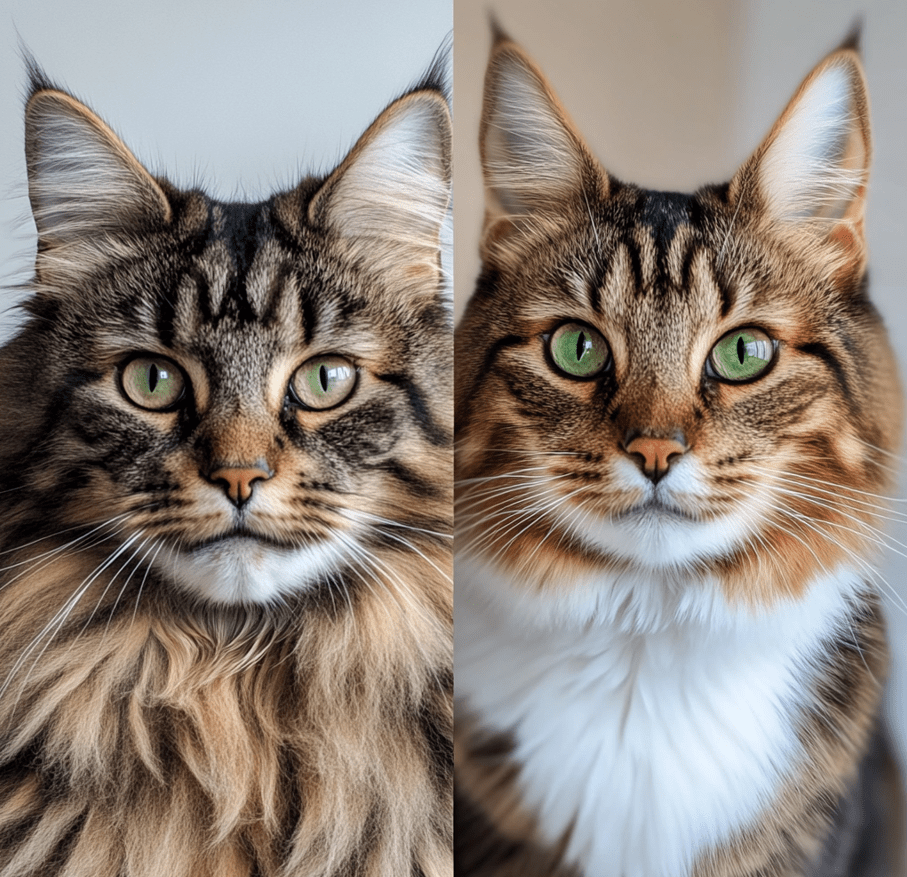
The square-shaped head of the Maine Coon extends slightly toward its length. The head profile shows a soft, inward-sloping shape. The muzzle is square. The Norwegian has an almost equilateral triangular head. Starting from the nose tip, the nose profile extends in a straight line until it reaches the lightly curved forehead.
The eyes of the Maine Coon feature an oval shape, which produces roundness when their eyes achieve full width. They are slightly oblique.
The Norwegian fur consists of waterproof higher layers and protective under layers of wool. To be considered a Norwegian, the cat needs to exhibit the main feature. When considering the appearance of the Maine Coon, an interesting question often arises—what color are Maine coon cats? These majestic felines come in a wide variety of color patterns, from solid shades to tabby and bi-color, which contribute to their distinct, regal look. The Maine Coon’s color variations are also described using Maine coon color codes that correspond to different coat types.
Both breeds accept most colorations apart from chocolate and fawn but also exclude pointed patterns as well as cinnamon and lilac. The Maine Coon breed does not establish an amber category among its accepted color types.
Temperament and Personality Traits
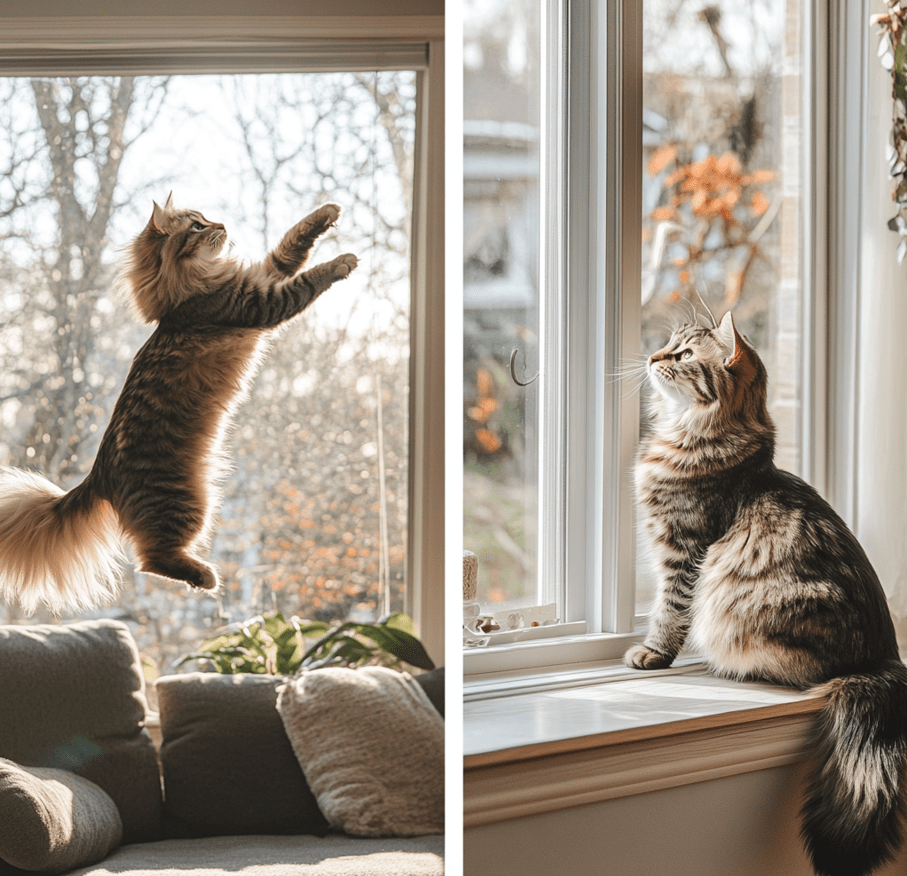
Both types of cats show outgoing behaviors in addition to being friendly with people. The following characteristics appear in both breeds:
The Maine Coon possesses traits of friendliness together with playfulness and intelligence combined with curiosity and high levels of energy. The affection for game retrieval makes these cats share this canine attribute. These animals connect well with humans, yet they possess independent streaks in their behavior.
Among cat breeds, the Norwegian Forest Cats share similar playfulness to Maine Coons, though its less demanding nature distinguishes it. Their natural predatory instincts developed from being mousers, causing them to strongly desire to chase down small prey.
These cats display reserved behavior compared to Maine Coons, although they seek contact with humans. The vocalization of this breed sounds less loud than other cat breeds.
The two breeds function perfectly as family pets because they show love to people along with successful adaptation to diverse family situations. Both breeds need varying levels of owner interaction, although their attention needs differ marginally from each other.
Activity Levels and Trainability
Both Norwegian Forests along with Maine Coons present themselves as active breed animals with playful tendencies. The slow maturation process of Maine Coons makes them behave kitten-like until reaching five years old. Maine Coons keep their playful nature throughout their lives at a rate that Norwegian Forest cats cannot match since they become more sluggish with age.
The felines find great pleasure from spending time outdoors. You can successfully confine them inside and generate interesting activities for their entertainment. Pet owners need to spend at least thirty minutes twice per day with energetic play sessions for their feline companions.
Your choice to free your cat, but you need to establish a secure outdoor play area. Serious objects and toxic plants should be removed from the area so you can fix the fence to prevent other animals from entering. Your cat should never remain outside without proper supervision unless you create a hazard-free play environment.
The training process for Maine Coons alongside Norwegian Forests remains straightforward because of their exceptional mental abilities. People often view these cat types as canine-smart, allowing you to teach your pets to fetch and play hide and seek together with basic commands such as sitting and lying down.
These felines exist below the level of destructive mischievousness. You can prevent household destruction by creating a stimulating environment while giving them adequate attention, thereby eliminating any worries about damages inside your home.
Vocal Communication and Territoriality
Maine Coons create more vocalizations than Norwegian Forests do. The voices of these cats come out only when they express happiness or ask for focus, whereas Norwegian Forest cats remain mostly silent and relaxed. Norwegian Forest cats produce soft audible sounds that turn into loud purring.
Coons and Wegies maintain strong claims to space, and they generally act as territorial leaders. Every Coon and Wegie has difficulty forming bonds with outside animals even though they need longer than normal to welcome new friends into their lives.
Introducing kittens to other animals during their young age stops this type of social avoidance from becoming a problem later in life. Socialization, as always, is everything.
Norwegian Forests vs. Maine Coons—health concerns and lifespan
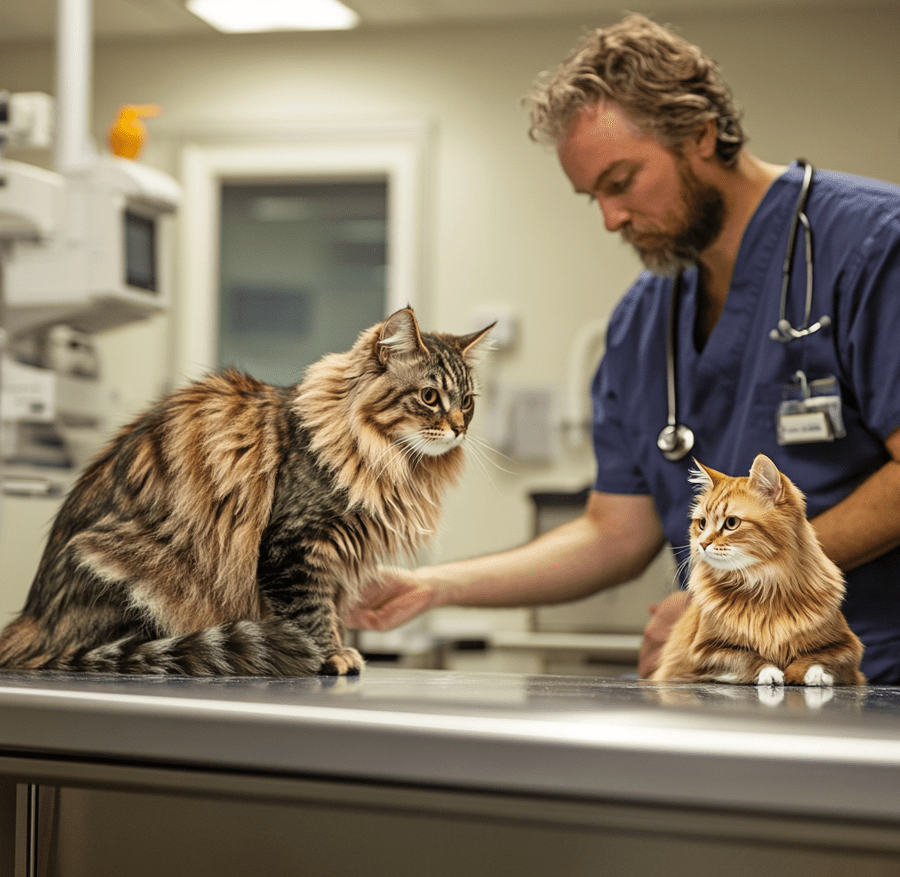
Maine Coons, together with Norwegian Forest cats, usually maintain good health but could develop several health issues.
Heart disease due to slow progression is the leading cardiac condition that felines develop, as hypertrophic cardiomyopathy (HCM) represents their primary heart ailment. The heart muscle thickening creates organ dysfunction, which causes blood clot formation along with fluid accumulation in the lungs and leads to heart failure.
The most prevalent joint ailment among big felines is known as hip dysplasia. Severe cases may require surgery.
A feline with polycystic kidney disease faces a gradual deformation of their kidneys until the organs fail because of renal failure.
Care and Maintenance
The appropriate care needed for both Norwegian Forest cats and Maine Coons will determine their health and happiness. These two breeds present similar standards when it comes to care.
The fur quality between Coons and Wegies differs despite their semi-long hair and heavy shedding. Since the Maine Coon’s coat can come in so many beautiful variations, understanding the Maine coon color codes can help you identify the specific care needs based on your cat’s fur type. Whether it’s a solid color or tabby pattern, proper brushing techniques are essential for all Maine Coons to keep their coats healthy. Wegies coats resist matting and require less effort to care for than Coons, who demand more attention for their coats.
A proper brushing schedule consists of twice or thrice weekly removal of loose hair and the prevention of matting and tangling while a weekly routine often meets the needs of Norwegian Forest Cats.
The bathing of your cat should happen monthly, yet additional cleanings will be needed if your kitty plays outdoors and gets dirty. Your cat requires bathing with regularity every six to eight weeks unless he gets particularly messy. Because Wegies have water-resistant fur, the groomer might be needed to properly wet their coat.
Maine Coon vs. Norwegian Forest Cat—Dietary Requirements
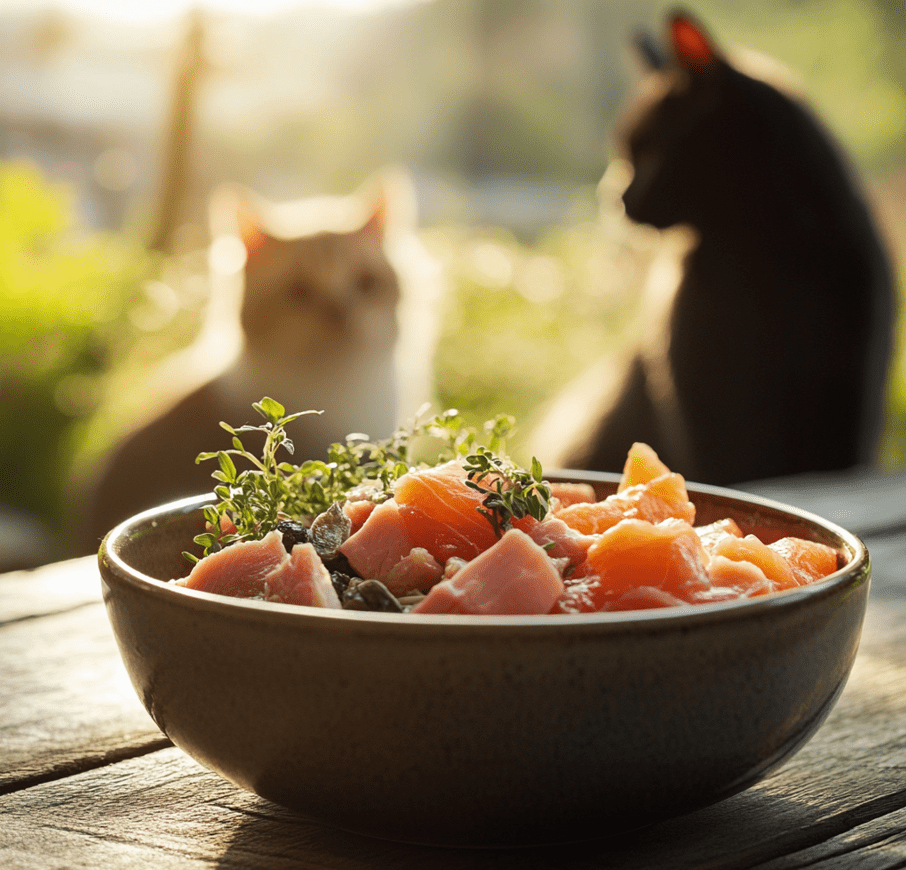
Maine Coons and Norwegian Forests require exactly the same type of food for their daily nutrition needs. Maine Coons share the same dietary needs with Norwegian Forest cats, with the exception of food serving sizes. Higher caloric consumption becomes necessary for Maine Coons since they possess a larger physical size.
Maine Coons and Norwegian Forests need lean meat and fish in their dietary plan for essential amino acids and fatty acids alongside antioxidants, vitamins and minerals felines need for health.
The natural diet of cats in the wild consists of hunting birds together with mice and frogs and large insects; therefore chicken, turkey, duck along with tuna, salmon, sardines and mackerel align perfectly with their digestive system. Since felines are obligate carnivores, their bodies do not require any nutritional value from grains or vegetables along with fruit and eggs, and beyond this, dairy products and sugar. This type of ingredient leads to weight gain and produces digestive issues, including diarrhea followed by vomiting with flatulence and constipation and irritable bowel syndrome.
Meals made with wet food work better because they contain higher quantities of animal protein and more water that protect cats from FLUTDs and kidney-related issues. The use of dry food works as a periodic snack because it serves the dual purposes of dental wellness and gum disease prevention. Daily biscuit consumption is unfavorable for regular meals because their processing method, along with high carbohydrate content and low moisture levels, leads to dehydration.
